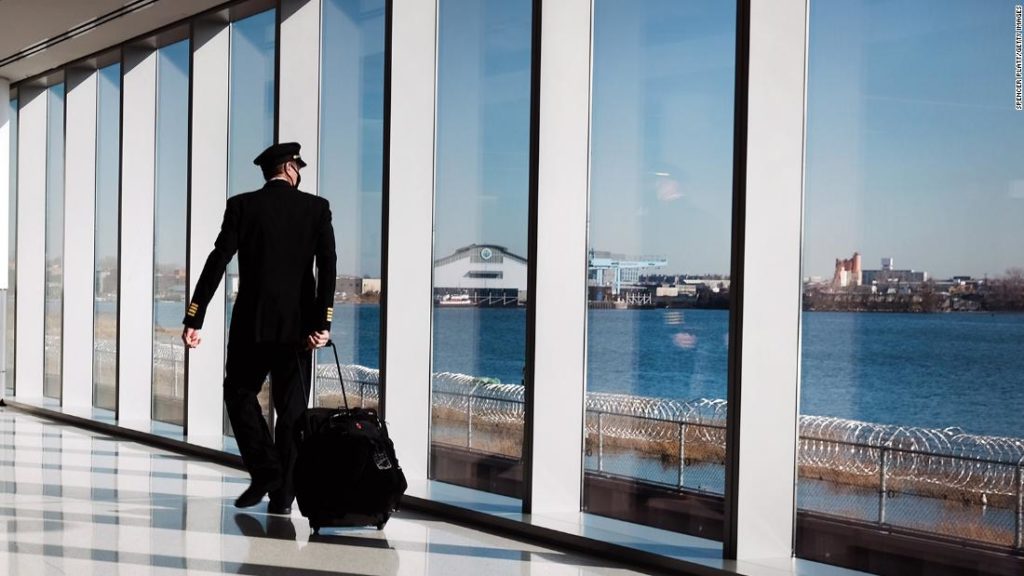The danger: A pilot shortage could ultimately limit industry growth later in the decade by as much as 10% to 12%, according to our analysis. And thanks to the pivotal role air transport plays in the global economy — aviation accounts for about 4% of global gross domestic product — slower industry recovery could temper economic growth worldwide.
Initially, airlines will be able to draw from the ranks of furloughed pilots and the approximately 100,000 pilots still on carrier payrolls who are not flying full schedules or who are on voluntary company leave. But especially in North America, many experienced pilots took early retirement and are unlikely to come back. Younger pilots, who have the least experience and will be among the last to be called back, may enter new professions.
The looming pilot shortage is the product of a number of converging trends, most of which predate the pandemic.
Add to that trend a heavy reliance on early retirement offers by US airlines to cut costs once the pandemic struck. Based on our research and public reports, we estimate that as many as 10% of US pilots took early retirement during the crisis.
In some parts of the world, shortages are a result of rising demand for air travel — driven by a burgeoning middle class. That’s the case in the Asia-Pacific region. Because of the region’s success containing the coronavirus, airlines in China especially were able to return to 2019 levels of operation at the end of 2020 and avoid furloughs and forced retirements. Still, the high rate of air travel demand growth in those nations is likely to result in a 22,000-pilot gap by 2029. One possibility: Asia may get bailed out by emigrations of unemployed or furloughed pilots from other slower-growth regions, such as Europe and Latin America, which could create supply challenges in those regions.
For airlines, a pilot shortage has many ramifications. Too few pilots could translate into fewer routes and lower frequency. Nonstop flights to smaller cities may be dropped from airline networks, and the number of nonstop flights per week may be reduced across the board. It could also mean higher fares to make up for the drop in revenue because of fewer flights and the slow return of business travel, which normally produces a big percentage of airline revenue.
For those carriers looking to be proactive, there are three approaches that could help. The first two are rethinking crew operations to make them more efficient so fewer pilots will be needed and extending more financial support for training programs for new pilots — subsidies some airlines under financial pressure have contemplated cutting.
While there are many challenges to overcome before the pilot shortage hits, airlines — and possibly the economy — are likely to pay a price if the industry waits until the problem is on top of them.
You may also like
-
Afghanistan: Civilian casualties hit record high amid US withdrawal, UN says
-
How Taiwan is trying to defend against a cyber ‘World War III’
-
Pandemic travel news this week: Quarantine escapes and airplane disguises
-
Why would anyone trust Brexit Britain again?
-
Black fungus: A second crisis is killing survivors of India’s worst Covid wave

